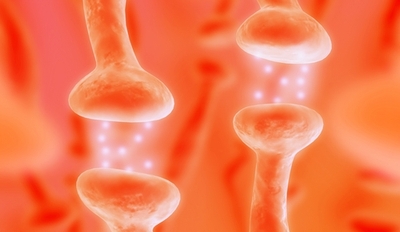
© UnknownHuman brain receptors
Contrary to popular belief, recent studies have found that there are probably ways to regenerate brain matter.
Animal studies conducted at the National Institute on Aging Gerontology Research Center and the Johns Hopkins University School of Medicine, for example, have shown that both calorie restriction and intermittent fasting along with vitamin and mineral intake, increase resistance to disease, extend lifespan, and stimulate production of neurons from stem cells.
In addition, fasting has been shown to enhance synaptic elasticity, possibly increasing the ability for successful re-wiring following brain injury. These benefits appear to result from a cellular stress response, similar in concept to the greater muscular regeneration that results from the stress of regular exercise.
